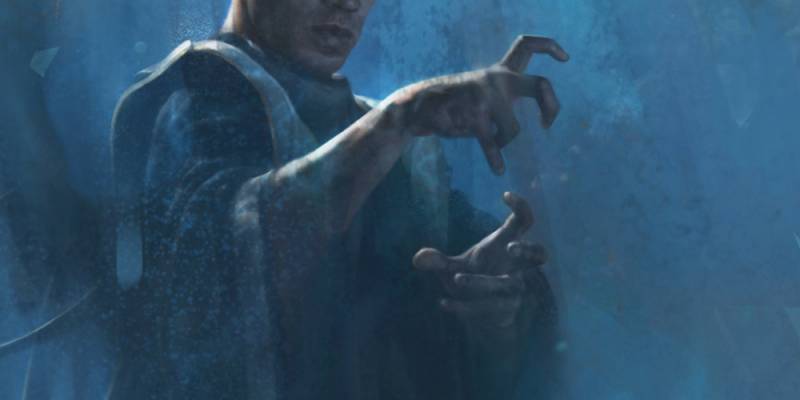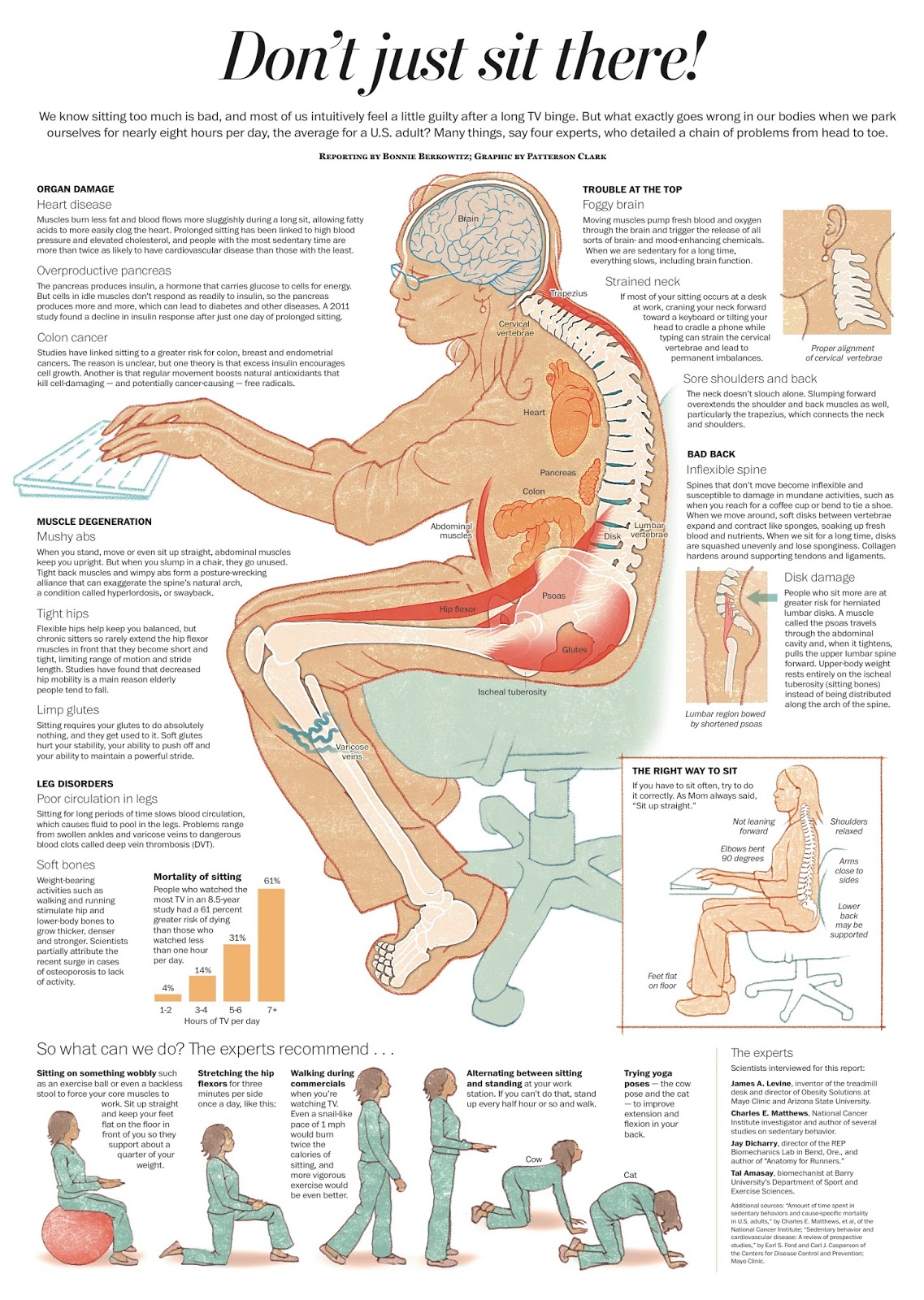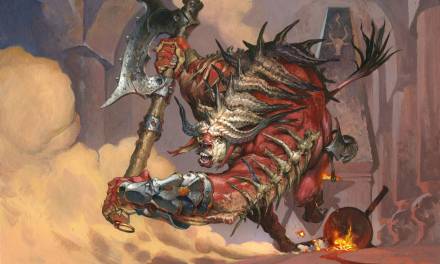Sunday Skills: the weekly (ish) article about the little ideas in art that can have a big impact. Always feel free to ask questions liberally on Sunday, because I will answer everything I can on Monday. There’s no way to be notified when new comments come in, so after a time it becomes too much to wade through old posts and try to answer everything.
FORCED BREAKS
It took me a long time and getting pretty badly injured to adopt regular, “forced” breaks. This is not an article about how you should take breaks to protect your hands and wrists; we’ve all heard that, and our brains just throw it out the other side of the moving car because it’s a lot of work and frustration to get used to forced breaks. They’re annoying, they interrupt our flow, and they’re just not worth it for some theoretical gain in longevity. This is an article about the massive upsides of using forced breaks as a high-level painting technique.
First off, what do I mean by a “forced” break? There are a number of programs and applications that will track the amount of time you’ve worked on the computer, and freeze the entire system at set intervals. I’m a Windows user, so I use a free (but excellent) application called Workrave.
Mac users: you’ll have to do a little research on equivalents, but I know there are a lot of them.
Traditional painters: I’ve generally assumed the necessity of paint mixing naturally forces these types of breaks, but now I’m not so sure about that. It still might be something you have to engineer or apply some conscious thought to developing, so read on.
I keep my Workrave timer set at what might seem a pretty aggressive interval: a forced one-minute break every 20 minutes, and a forced four-minute break every one hour of painting time. When the program puts me on a break I can’t interact with the computer AT ALL without delaying the break. If I type a letter, it won’t register the keystroke AND it adds 4 seconds to the break. Yea, it’s kind of a dick. So what do I do during my breaks?
There’s a lot of research indicating that sitting for much more than 20 minutes is pretty bad for you over the long term, so during the shorter breaks I stand up, stretch out, and move around the studio. I get water, use the bathroom, whatever. The key is to not just sit there furiously for a straight minute, boring a hole in the computer with your eyes and wishing for progress (seriously, that’s a really bad idea and defeats the whole point of the break; it also destroys most of the benefits I’m about to describe).
When you get up and change your focus a few things happen right away. First, you give your brain a break. The brain consumes 25% of all the calories your body uses; it gets tired. It needs breaks even more than your wrists to stay sharp, actually. These little breaks for the conscious mind are godsends that drastically extend how long you can paint effectively. And when you temporarily shut down the conscious mind, you give the unconscious mind space to work. A lot of great ideas about how to proceed with the painting will show up for you while you’re flushing the toilet, pouring more water, or making coffee. Problems magically solve themselves.
Your unconscious mind is (according to neuroscientists) a much more powerful and nuanced problem-solving tool for broad-spectrum issues requiring loads of what we colloquially call “intuition” than your conscious mind. Your conscious mind is like a high-intensity spotlight focused on a single issue, often to the exclusion of other relevant factors. In painting terms: you might render a nose beautifully but forget it has to look good on the face you’re painting (in which case, spoiler alert: it doesn’t). The unconscious mind can take many more factors into consideration at once, and do a lot of your “outside the box” thinking and problem-solving for you while you’re on breaks. Let it.
(The best painters all seem to have developed the ability to near-simultaneously use both. Sound familiar?)
So in just a minute or two I’ve stood up, rested and reactivated my mind and my body, had a bunch of great ideas seemingly out of nowhere, and then, usually standing several paces away, I return my attention to the painting.
The word “return” is pretty significant in this context because it signifies the clean divide you’ve just created. You went away, and now you’re back. It’s the interruption that gives birth to this possibility. Everything that happened in the last 20 minutes before the break is now in the past, and it’s up to you, in the present, to judge how it’s been going. This differentiation between past and present self is important because it tends to eliminate sunk-cost fallacies and attachment fallacies, things like “Well I can’t scrape that area, I’ve been working on it forever!”
20 minutes isn’t a long time, so you haven’t been doing anything “forever.” And that’s the beauty of 20 minutes; it seems to be just the right amount of time. It’s significant, and yet also trivial. If you’re painting well it’s definitely enough time to have an impact on your piece and get some beautiful work done. On the other hand, if you’ve been down the rabbit hole, “grooving in the zone,” just “rendering,” or making changes that don’t appear in the thumbnail (use the Navigator in Photoshop so you’re ALWAYS aware of this), 20 minutes won’t sink your battleship. The important thing is that after 20 minutes you get to find out which one you were doing, and adjust course. You’re forced to stop, look, and think.
Not only do you get to think, you get to make critical judgments about past you. I’m much more likely to admit my past mistakes than to admit to mistakes I’m currently making, and my reading tells me most people are also like this. You might think it strange that as a digital artist I mentioned “scraping” an area of a painting, but this technique is just as valuable to digital painters (who theoretically can’t suffer from paint buildup) as it is to traditional painters. Every bit of wrong information on the canvas that you have to contend with confounds new strokes.
If you just totally phoned it in for twenty minutes and added a bunch of unnecessary forms and useless crud to your painting, scraping it (however you like: deleting it, turning off those layers, etc) is your best bet. The clean divide between “past” and “present” you gives you the courage to do it. You’re deleting that other, dumber person’s work, not your own. The improved working environment of your painting will let you make correct marks more easily, which will speed you up. Right action, not incessant action, leads to speed in painting.
No matter how good you become at staying present, at dealing with the big issues in painting, we all slip up from time to time; we’re human. These forced breaks act like a teacher in the room, they look at the tack you’ve taken and whisper “why are you doing that?” Except it’s a little more comfortable, because it’s really just you asking yourself that. When you’re constantly forced to answer “why,” and confront mistakes you’ve started to make, you get better and better at staying the course. You learn not to go down bad paths in the first place. That’s right, these breaks in and of themselves can facilitate a type of training: they train your painting vigilance, your resistance to monkey mind.
So breaks unlock your intuition, encourage you to paint bravely, protect you from mindless and low-quality work, defeat your ego, and train you to stay present. Breaks make you into a faster, happier, more effective painter.
Oh yea, and also they’re really good for your wrists 😉
The only downside is that they take some getting used to. You’re going to say “gah!” at your computer a lot, and pace around the room. Stick with it for a month and you will have unlocked an incredibly powerful and self-reinforcing system of better painting. It probably won’t even take that long. What are you waiting for? Start now: get up and take a break.













Thank you for this great perspective on scheduled breaks! I tend to either resist breaks (not wanting to “break flow”) or I acquiesce to them randomly without intention whenever my water glass is empty or my cat demands attention 🙂 but the idea of intentional breaks opening the door for the unconscious mind to work is really compelling. My biggest challenge in building my portfolio right now is speed; I’m taking too long to meet most commercial deadlines, and am finding that most of the time is being taken up re-working things that I didn’t do well in the first place. I’m definitely going to try taking breaks more seriously now!
Awesome; I hope it helps! Just have some patience with it…the people who were in the studio with me around that time can tell you I used to throw my wacom pen a lot when a break would pop up on screen all the sudden! 🙂